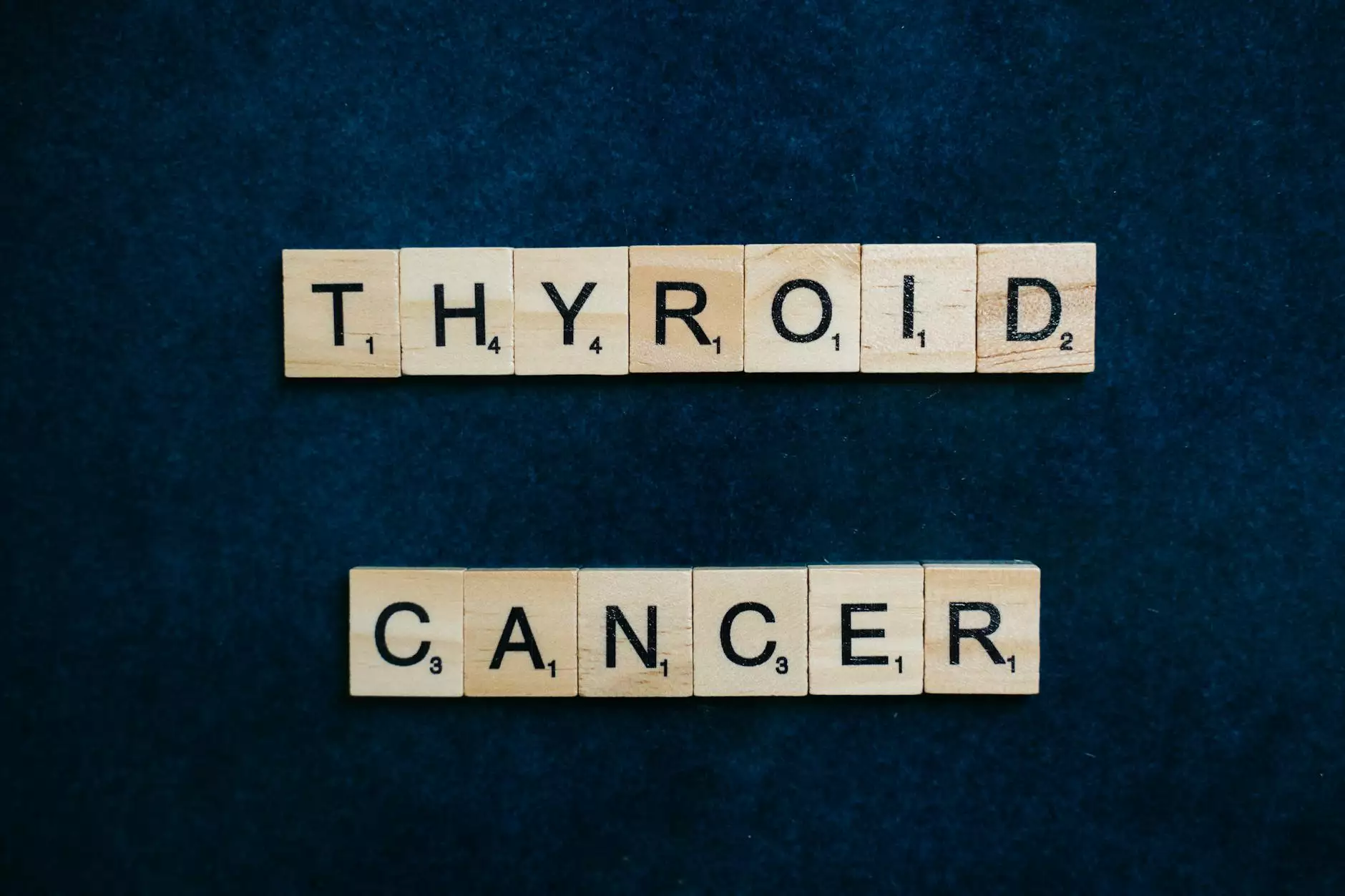CT Scan for Lung Cancer: A Comprehensive Guide
Lung cancer remains one of the leading causes of cancer-related deaths worldwide. Early detection is crucial for increasing survival rates and improving treatment outcomes. In this context, a CT scan for lung cancer plays a pivotal role. This article delves deep into the significance, process, benefits, and implications of using CT scans for lung cancer diagnosis and management.
Understanding Lung Cancer: An Overview
Lung cancer originates in the lungs and can spread to other parts of the body. There are primarily two types:
- Non-small cell lung cancer (NSCLC): This is the most common type, accounting for about 85% of lung cancer cases.
- Small cell lung cancer (SCLC): This type is less common but is known for its aggressive nature.
Factors contributing to lung cancer include tobacco smoking, exposure to radon gas, asbestos, and certain other environmental factors. Early detection significantly enhances the chance of successful treatment.
The Role of CT Scans in Lung Cancer Detection
A CT scan, or computed tomography scan, uses a series of X-ray images taken from different angles and constructs a comprehensive 3D image of internal organs. This technique is remarkably effective in detecting lung cancer, offering several advantages over conventional X-ray imaging:
- High-resolution images: CT scans provide detailed images of the lung structure, allowing for the identification of smaller tumors.
- Enhanced detection capabilities: They are particularly useful in spotting abnormalities that may indicate lung cancer, such as nodules.
- Assessment of cancer spread: CT scans help determine if lung cancer has metastasized to other areas, which is essential for treatment planning.
Why Choose a CT Scan for Lung Cancer Screening?
When it comes to lung cancer screening, CT scans are often recommended due to their accuracy and effectiveness. Some of the reasons to opt for a CT scan for lung cancer screening include:
- High Sensitivity: CT scans can detect smaller tumors that might be missed by traditional X-rays.
- Non-invasive Procedure: Patients can undergo a CT scan without the need for invasive procedures, making it a safer option.
- Quick Results: CT scans can be performed quickly, and results are typically available in a short time frame.
- Customization: The scanning procedure can be tailored to meet the specific needs of each patient, ensuring optimal results.
The CT Scan Procedure: What to Expect
Undergoing a CT scan for lung cancer is a straightforward process. Here’s what patients can expect:
- Preparation: Patients may be required to change into a gown and remove any metal objects that could interfere with imaging.
- Positioning: Patients lie on a table that slides into the CT scanner, which is shaped like a large doughnut.
- The Scan: The machine rotates around the body, taking images at various angles. Patients must remain still, and they may be asked to hold their breath for a few seconds to ensure clarity.
- Duration: The entire process typically takes about 10 to 30 minutes, depending on the complexity of the scan.
Interpreting CT Scan Results
Once the CT scan is completed, radiologists analyze the images for any signs of lung abnormalities. Key aspects of assessment include:
- Spotting Nodules: Radiologists assess the size, shape, and density of any nodules detected. Characteristics of these nodules can indicate whether they are likely to be benign or malignant.
- Lymph Node Enlargement: The presence of enlarged lymph nodes can be an indicator of cancer spread.
- Organ Involvement: The scan can reveal whether cancer has affected surrounding organs or tissues.
Once the results are concluded, healthcare providers will discuss the findings with the patient, suggesting further testing or treatment if necessary.
Benefits of Early Lung Cancer Detection Through CT Scans
Having a CT scan for lung cancer screening can lead to several significant benefits:
- Improved Survival Rates: Early detection enables timely intervention, which is crucial for increasing survival chances.
- Informed Treatment Decisions: Detailed imaging assists healthcare providers in formulating effective treatment plans tailored to the patient's needs.
- Reduction in Unnecessary Procedures: By accurately identifying lung cancer at an early stage, unnecessary surgical interventions can be avoided.
Potential Risks and Considerations
While CT scans are invaluable, there are potential risks to consider:
- Radiation Exposure: CT scans involve exposure to ionizing radiation. However, the risk is generally outweighed by the benefits in patients at high risk for lung cancer.
- False Positives: CT scans can sometimes identify nodules that are not cancerous, leading to unnecessary anxiety and follow-up tests.
- Cost and Accessibility: While many healthcare systems offer CT scans, access may vary, and costs can be a consideration.
Conclusion: The Indispensable Role of CT Scans in Lung Cancer Management
In conclusion, the CT scan for lung cancer detection is an indispensable tool in modern medicine, providing life-saving early diagnosis and guiding treatment decisions. With its high sensitivity and the ability to assess lung structure in detail, CT scanning serves as a cornerstone in the fight against lung cancer.
Taking Action: What Should You Do Next?
As a proactive measure, individuals, especially those at high risk for lung cancer due to smoking or family history, should discuss with their healthcare provider whether a CT scan for lung cancer screening is right for them. Regular screenings are an essential part of a comprehensive health management strategy, ensuring that potential issues are caught early when treatment is most effective.
Staying informed and vigilant about lung health can significantly impact outcomes, making knowledge about tools like CT scans crucial for everyone, particularly in the context of lung cancer awareness and prevention. More than just a diagnostic tool, CT scans empower patients and physicians alike in making informed healthcare decisions that can lead to better health and quality of life.









